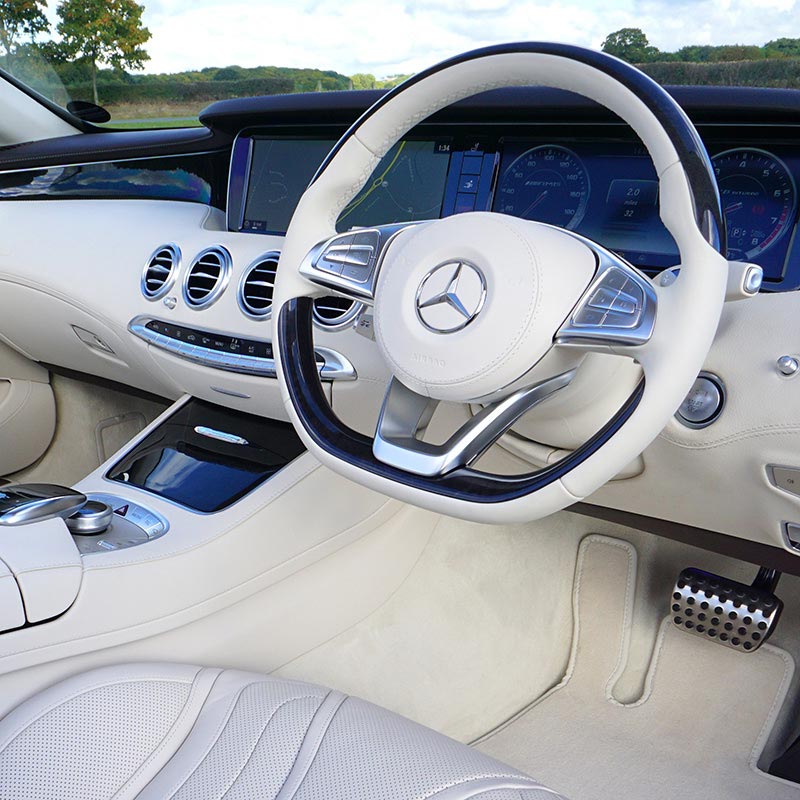
Automotive manufacturers are using growing numbers of electronic components in their vehicles. In earlier times, PCBs were only used for things like windshield wipers and headlight switches, but today they enable many advanced features that make driving safer and easier.
Depending on what part of the car a PCB is used for, it may need to be able to withstand extreme temperatures or vibrations. It’s also critical that they perform reliably if involved in a safety feature of the car. Because of these challenges, manufacturers may use high-temperature laminates, aluminum or copper substrates, or thru-hole mounted components. They also use flex-rigid PCBs because of their ability to withstand vibrations.
Today, you can find PCBs in automotive components such as:
Entertainment and navigation systems: Stereos and systems that integrate navigation and entertainment rely on PCBs.
Control systems: Many systems that control the basic functions of the car rely on electronics powered by PCBs. These include engine management systems and fuel regulators.
Sensors: As cars become more advanced, manufacturers are incorporating more and more sensors. These sensors can monitor blind spots and warn drivers of nearby objects. PCBs are also necessary for the systems that enable cars to automatically parallel park.
These sensors are part of what enable cars to be self-driving. Fully autonomous vehicles are expected to become common in the future which is why a large number of printed circuit boards are used.